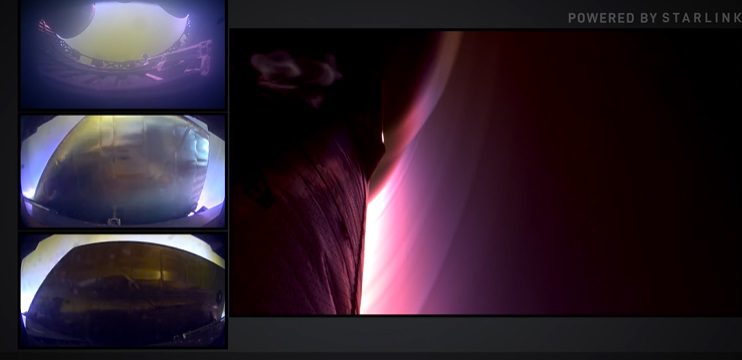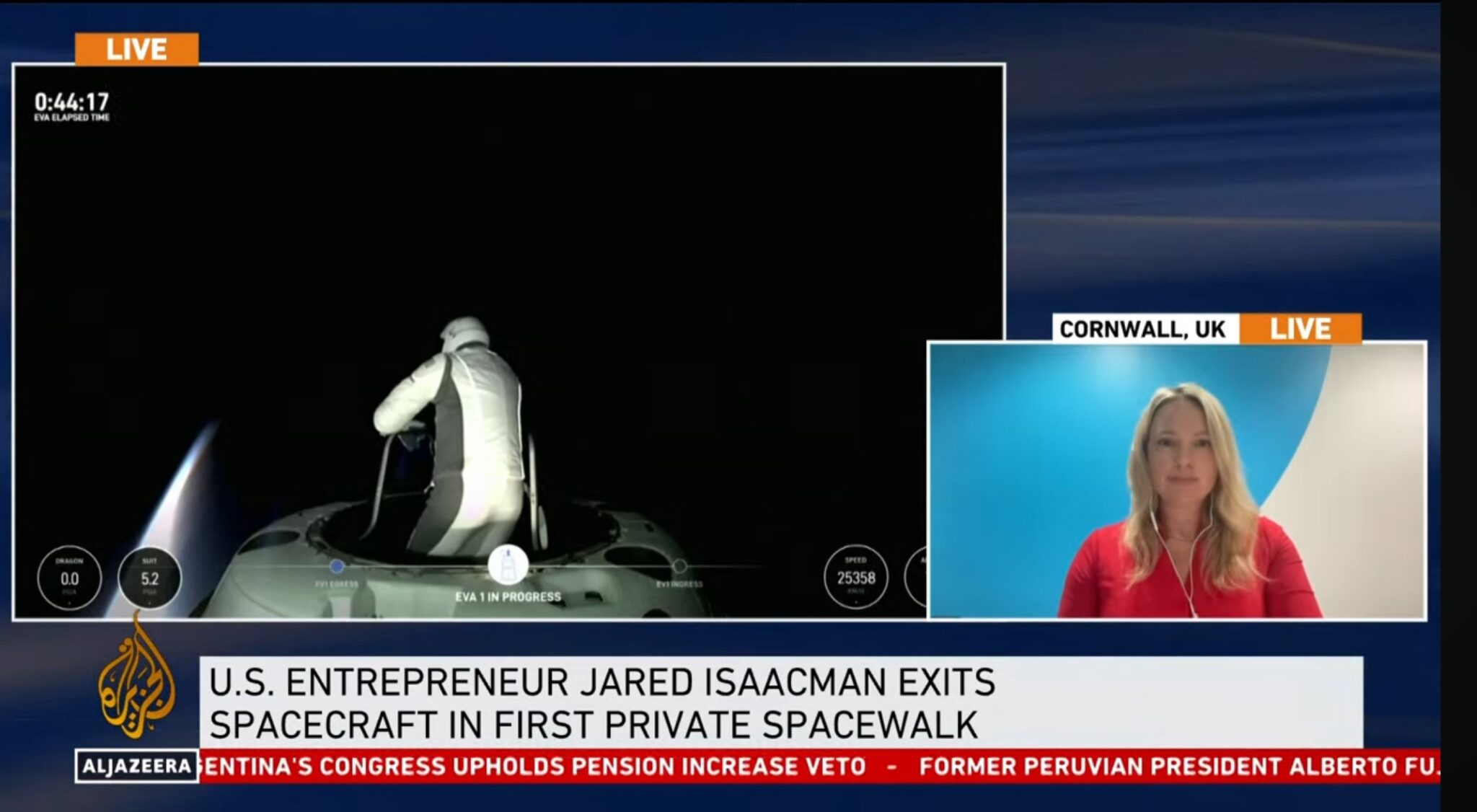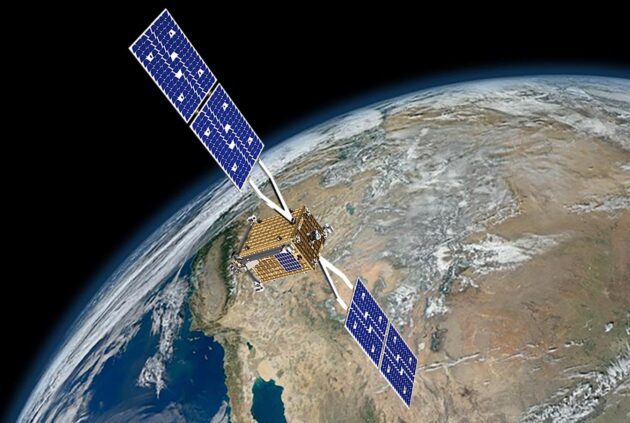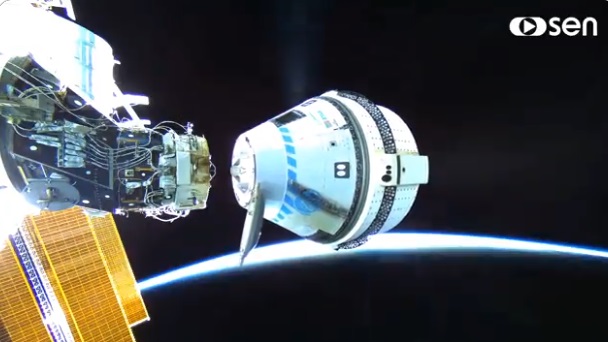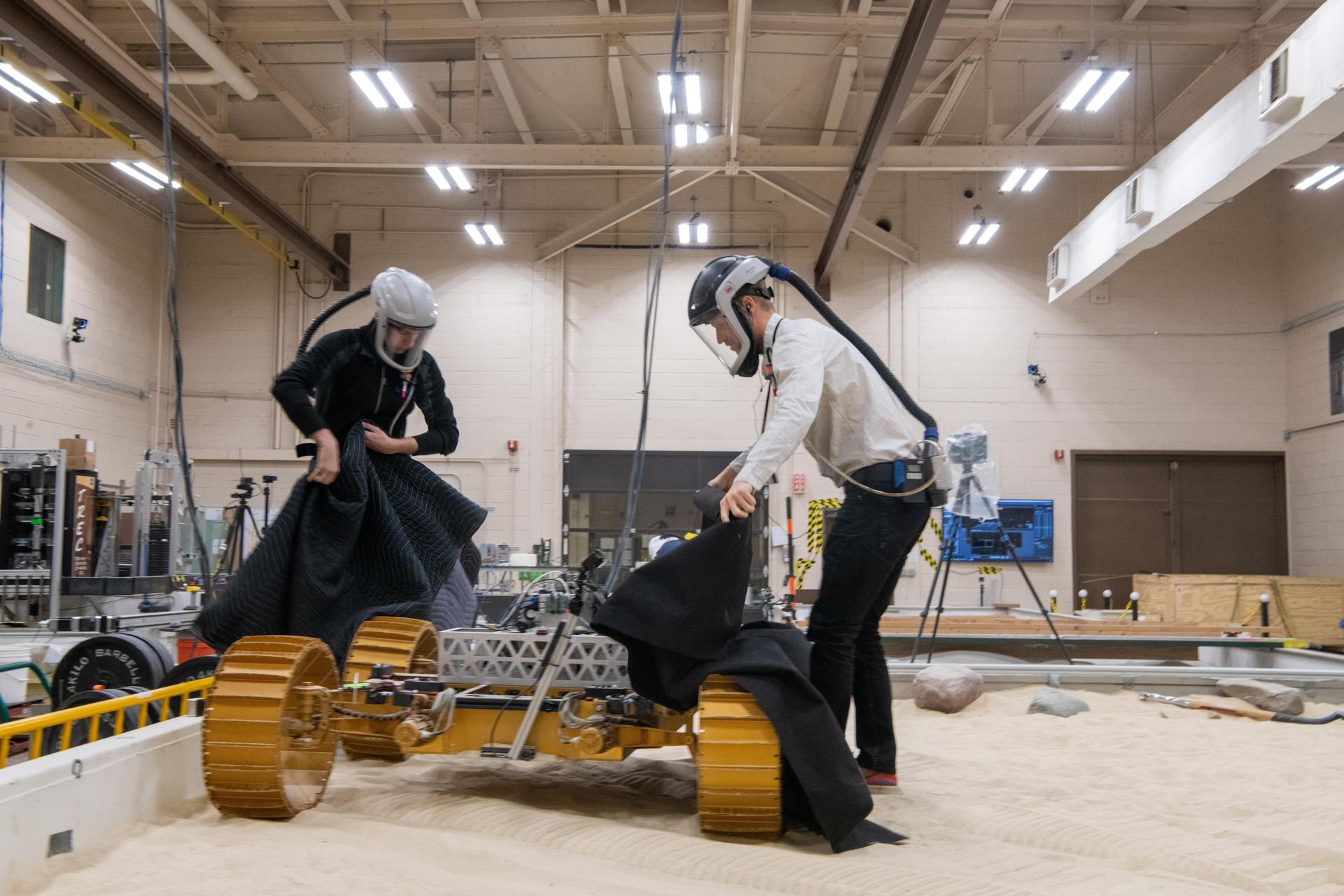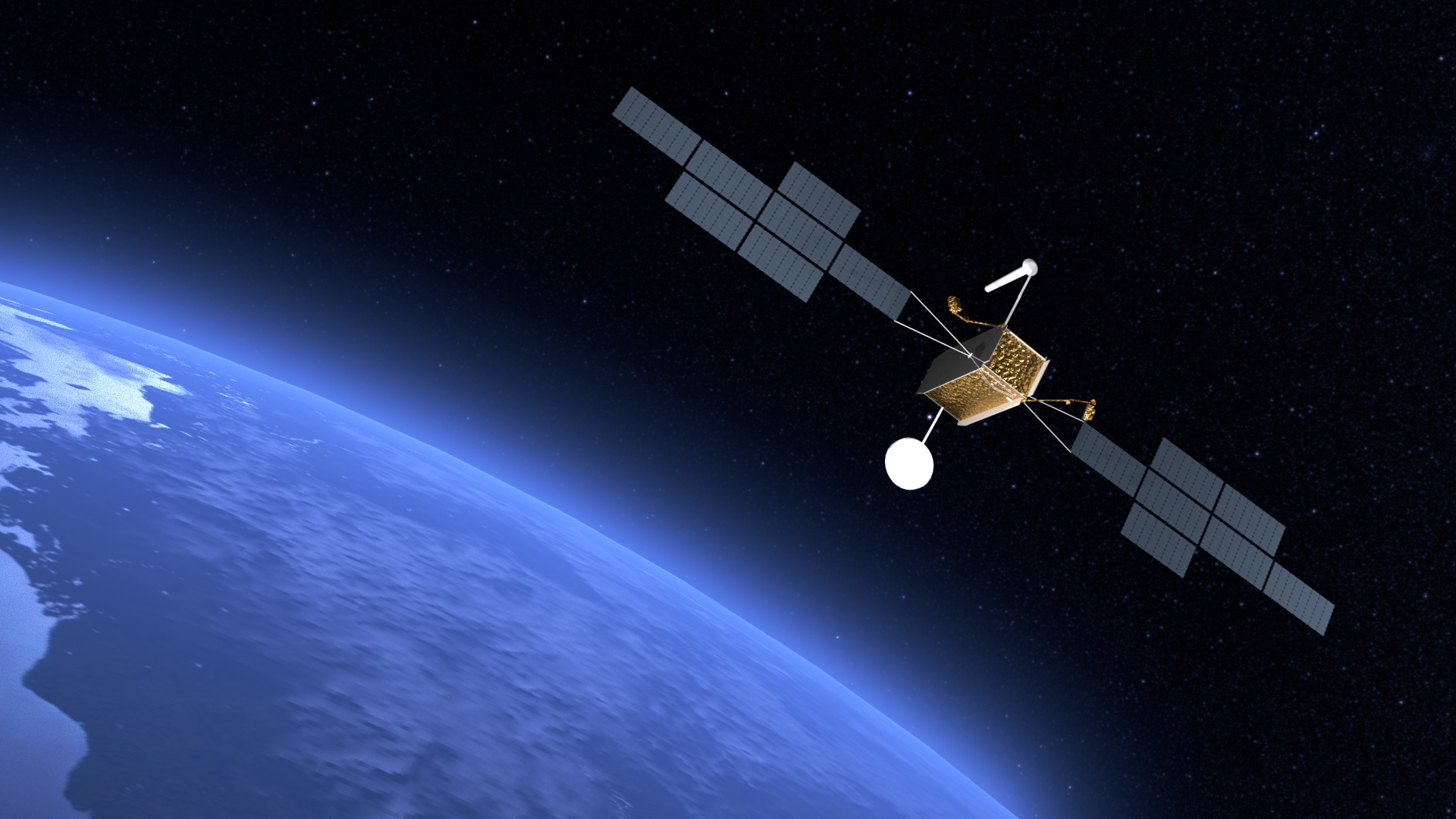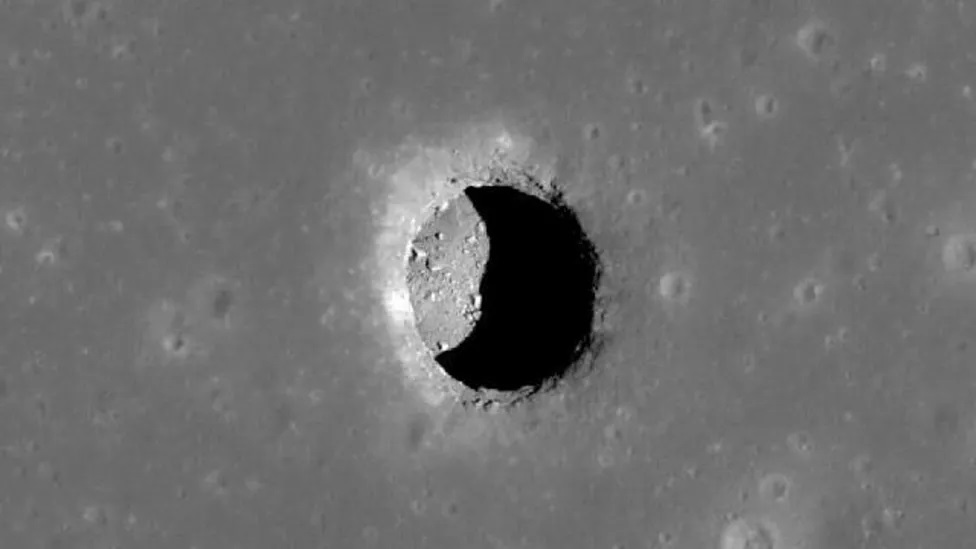As he awaited the start of his tenure as Director General of the European Space Agency (ESA) on 1 July 2015, replacing the admired Jean-Jacques Dordain in the role, Dr Jan (Johann Dietrich) Woerner noted his enthusiasm for a planned lunar base and village on the Moon dubbed “Lunarville”.
Dr Woerner, the departing head of the German Aerospace Centre – the DLR, reported that advances were being made at the Technical University of Darmstadt, Germany, in designing living quarters for the base, which could be in position at one of the lunar poles where water ice is thought to reside. Work on the “Lunarville” could start in 2024 once the International Space Station is retired.
Woerner also mooted that residents of such a village could be employed in mining the Helium- 3 isotope found on the Moon, which could be used in nuclear fusion power generation systems. Food would apparently be part-grown in greenhouses on the lunar surface.
Doubts remain over whether the construction and running costs of such a base, which could run into tens or even hundreds of billions of Euros, are affordable. This situation will not change unless a new form of low-cost Earth-to-Lunar surface transportation system is found.
A full video of the 3D printing lunar base construction process is here:
https://www.youtube.com/watch?v=BFr2WmeQu74
ESA might find it hard to convince its space exploration partner NASA that a permanent lunar surface village and base is the way forward. While NASA is in favour of lunar habitation in the long term, it remains determined to “keep its eyes on the prize” of landing astronauts on Mars and does not want divert its already limited resources to long-term lunar surface base construction and supply until a Mars manned landing is achieved.
Nevertheless, as part of the Mars project, NASA does see benefit in learning techniques for such long-range missions by having a lunar base in space, probably in a halo orbit at the Earth-Moon “gravitational balance” Lagrangian L2 point near the Moon.
From this L2 base, NASA and its partners would be able to mount short manned survey missions to the lunar surface.
Post Script: Just a short word of tribute to Jean-Jacques Dordain who, as head of ESA, often had to contend with warring factions and special interests in this multi-national organisation. He did it with diplomacy and a smile – and with his 1940s-style glasses. During his 12-year “rule” ESA had many mission successes which are too numerous to mention fully here. We do however note the final achievements of his tenure: getting Ariane 6 launch vehicle development finally underway (after one false start) and the much lauded success of the Rosetta-Philae comet orbiting and landing mission. Dordain’s famous quote was apt: “The biggest problem with success is that it looks easy.”

